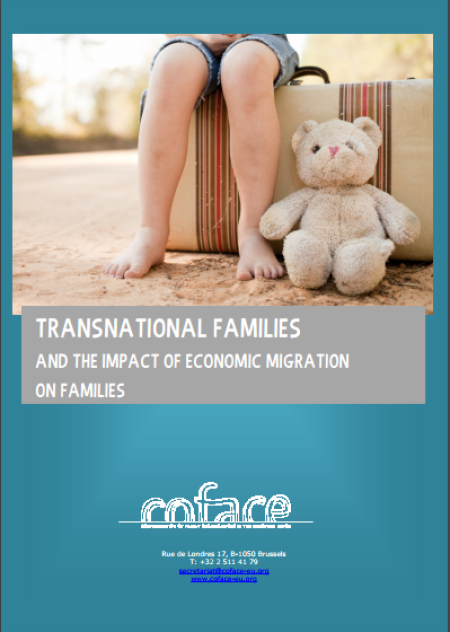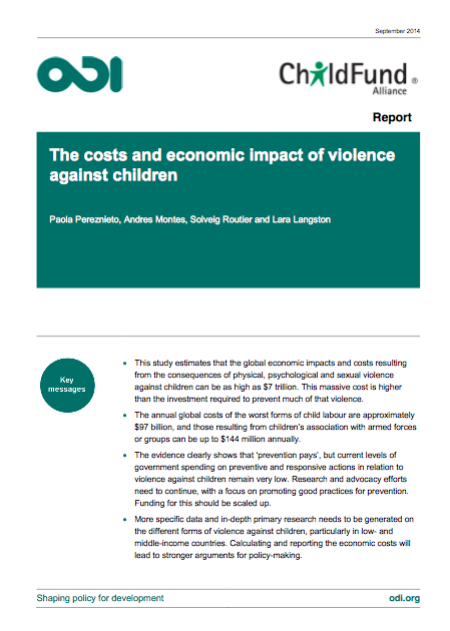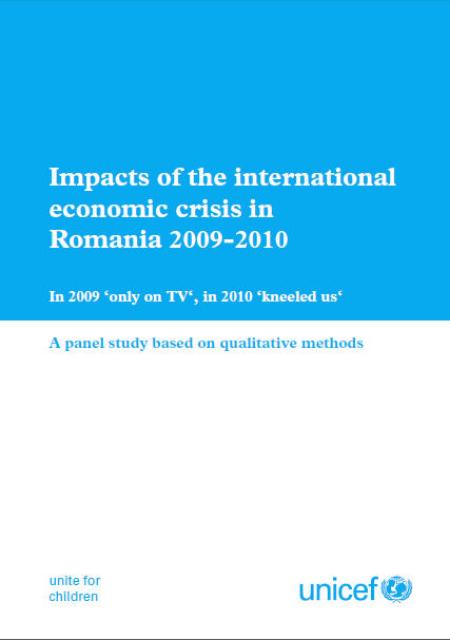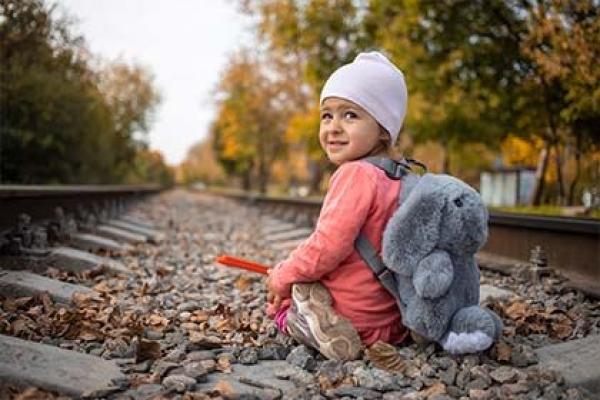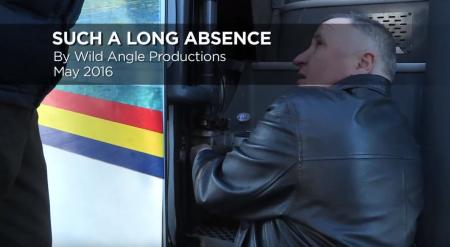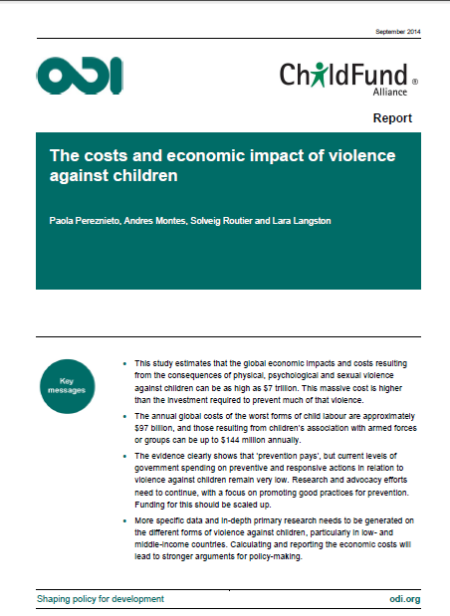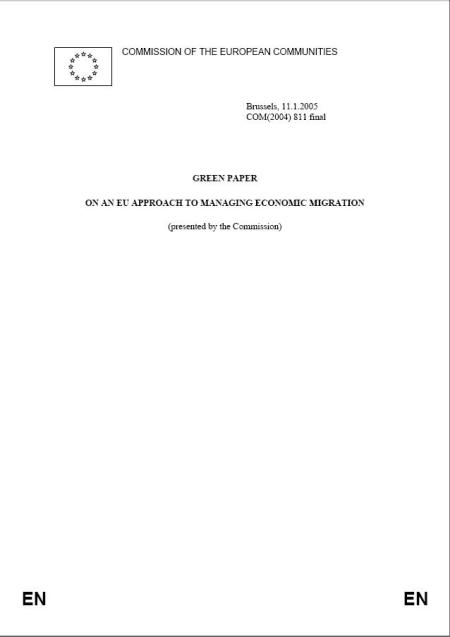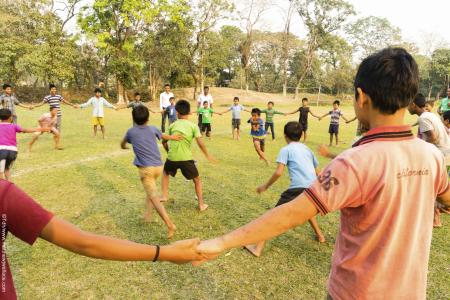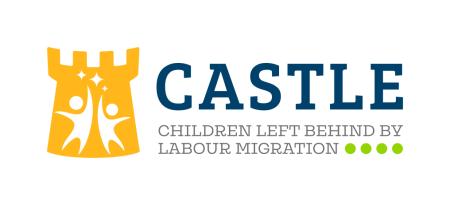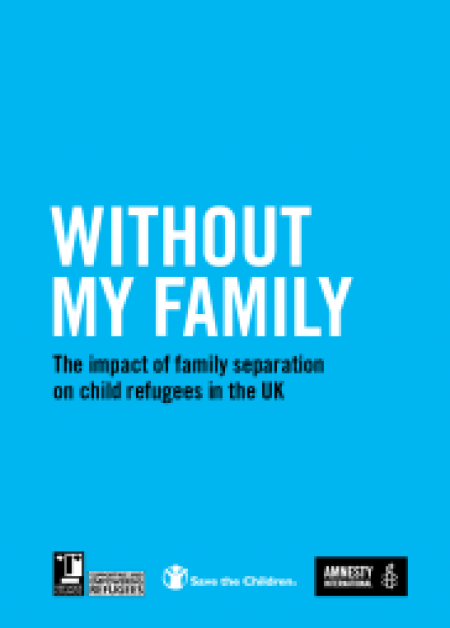
Transnational families are “families [where family members] live some or most of the time separated from each other, yet hold together and create something that can be seen as a feeling of collective welfare and unity, namely ‘familyhood’, even across national borders”. The formation of the notion of ‘transnational families’ has emerged acknowledging that migration does not end with settlement and that migrants maintain regular contacts across borders. Moreover, it is more and more common to see a member of the family moving to another country and leaving their family members (including partner, children, elders...) in the country of origin. In these cases, family ties continue to exist but the migration dimension needs to be added and families becomes social units “à géometrie variable”.
Each family lives and approaches migration differently. However, very often the main motivation behind the choice of moving to another country, is the willingness to improve living conditions for the whole family and, if children are there, to offer them a better future. This is done at the price of separating from family members who will stay in the country of origin.
EU migration and integration policies are designed as “migrant-centred”, based on the single individual who is moving and considering his/her specific features (woman, child, worker…) but do not reflect on the family dimension of migration. However, even if a person moves alone, family expectations and family members’ involvement in the migration decision making process is fundamental. Very often, migration is seen as only way to improve family standards of life and assure a better future for children.


